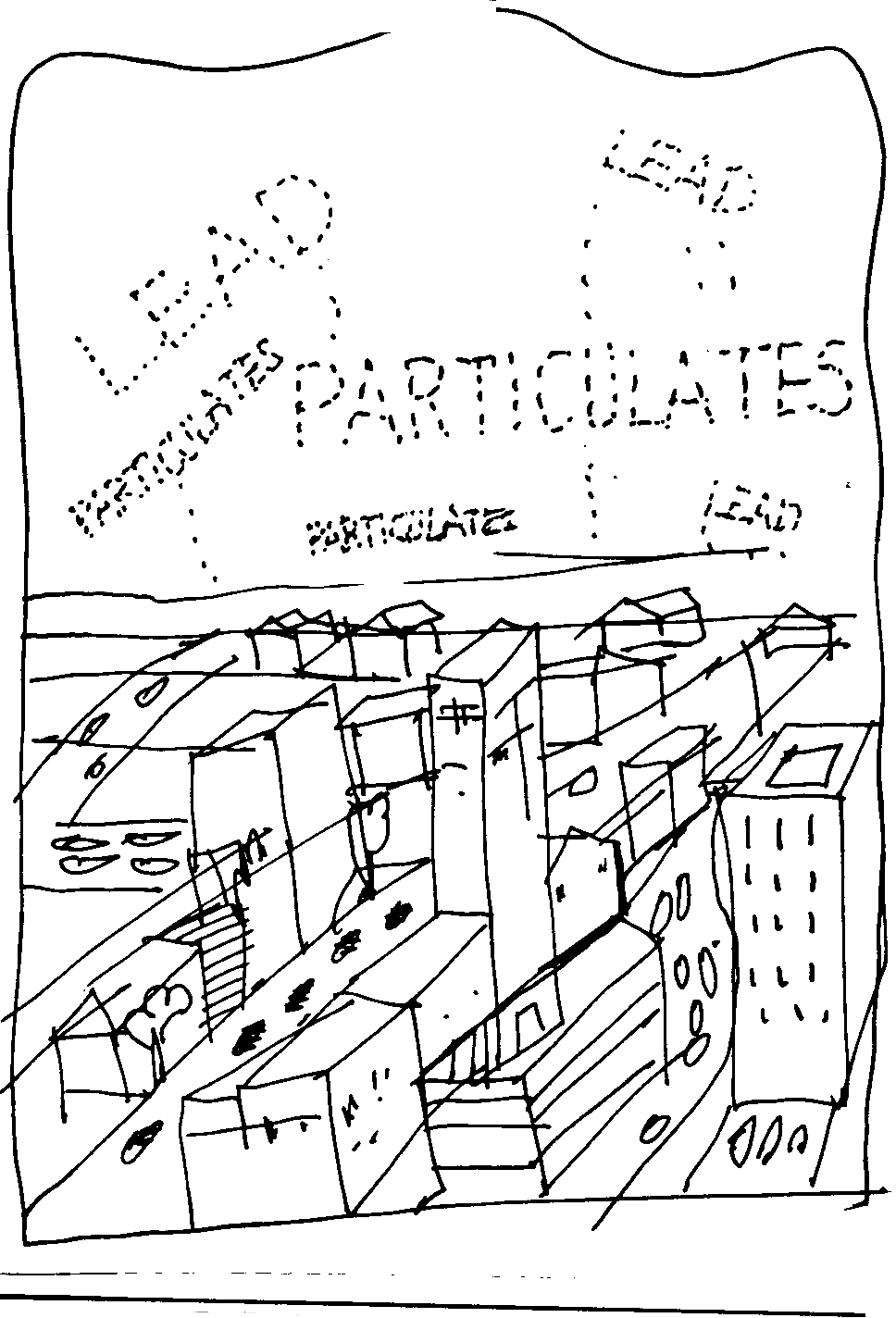|
|
||||
|
LEAD Action News
Vol
2 no 4
Spring 1994.
ISSN 1324-6011 |
||||
|
About Us
|
Predictors of tooth-lead level with special reference to traffic. A study of lead-exposure in children. by Troels Lyngbye, Ole N. Hansen and Philippe Grandjean Reprinted from the International Archives of Occupational and Environmental Health, Springer-Verlag 1990;62(6):417-22. Abstract: http://www.ncbi.nlm.nih.gov/pubmed/1700966
Key words: Indirect exposure Lead absorption Pica - Tooth-lead Water-lead |
|||
|
About
Us |
bell
system lead poisoning |
Contact Us
| Council
LEAD Project | egroups | Library
- Fact Sheets | Home
Page | Media Releases Newsletters | Q & A | Referral lists | Reports | Site Map | Slide Shows - Films | Subscription | Useful Links | Search this Site |
||||
|
Last
Updated 14 November 2012
|
||||

 Summary: Possible predictors of the
lead burden of children were investigated in a low-exposure area. A
total of 1,302 school children in the first form within the municipality
of Aarhus, Denmark, donated deciduous teeth for determination of the
lead concentration in the circumpulpal dentin. The families were
interviewed on possible sources of lead. Present and former addresses of
residences and day-care institutions were obtained, and the traffic
intensity was estimated at each of these addresses. Children with a high
lead burden resided significantly more often in heavily travelled
streets than children with a low burden, but only during their first 3
years of life. The increased risk for a high lead burden was related to
the traffic intensity in a dose-response manner. Further,
children with a high lead burden more often exhibited pica,
their mothers smoked more during pregnancy, and their fathers were more likely
to work at a garage or shipyard In a logistic multivariate regression, such
parental occupation increased the risk for a high lead burden 1 5-fold (O Radj;
P =
0 03), whereas tobacco and traffic each were of borderline significance (O
Radj = 1 4, P =
0 08).
Summary: Possible predictors of the
lead burden of children were investigated in a low-exposure area. A
total of 1,302 school children in the first form within the municipality
of Aarhus, Denmark, donated deciduous teeth for determination of the
lead concentration in the circumpulpal dentin. The families were
interviewed on possible sources of lead. Present and former addresses of
residences and day-care institutions were obtained, and the traffic
intensity was estimated at each of these addresses. Children with a high
lead burden resided significantly more often in heavily travelled
streets than children with a low burden, but only during their first 3
years of life. The increased risk for a high lead burden was related to
the traffic intensity in a dose-response manner. Further,
children with a high lead burden more often exhibited pica,
their mothers smoked more during pregnancy, and their fathers were more likely
to work at a garage or shipyard In a logistic multivariate regression, such
parental occupation increased the risk for a high lead burden 1 5-fold (O Radj;
P =
0 03), whereas tobacco and traffic each were of borderline significance (O
Radj = 1 4, P =
0 08).